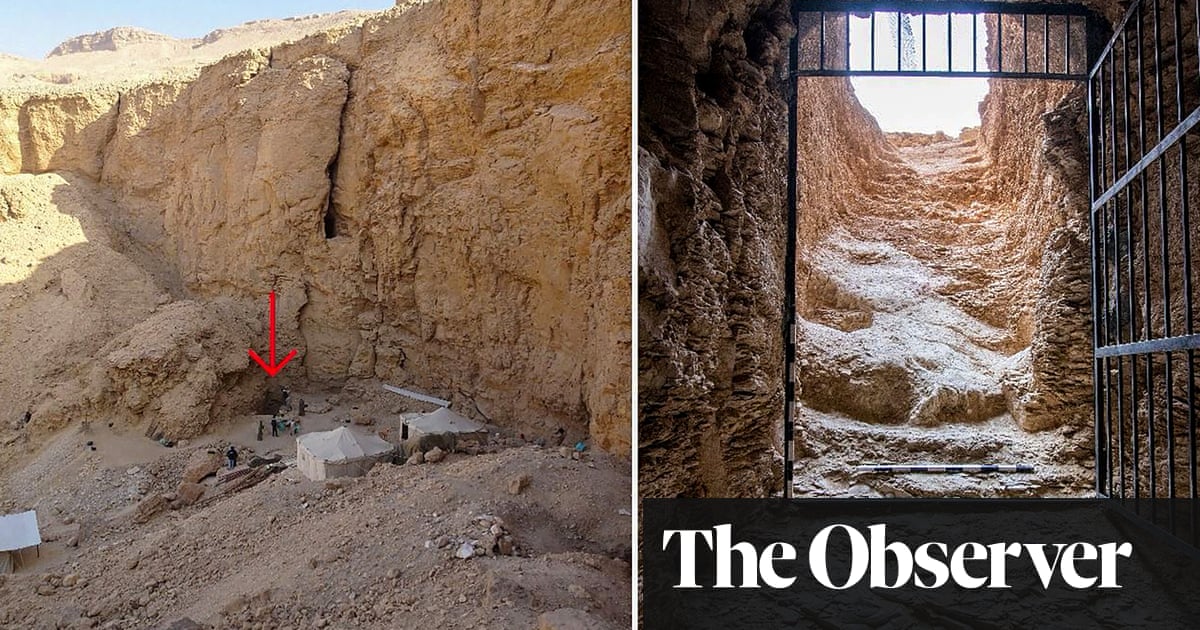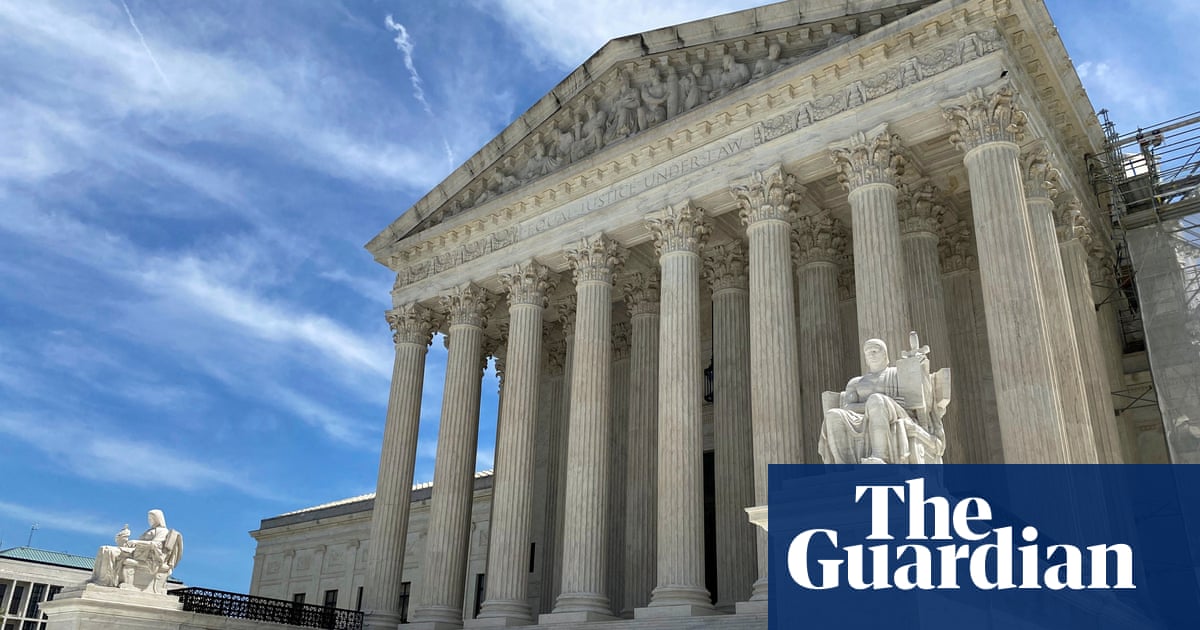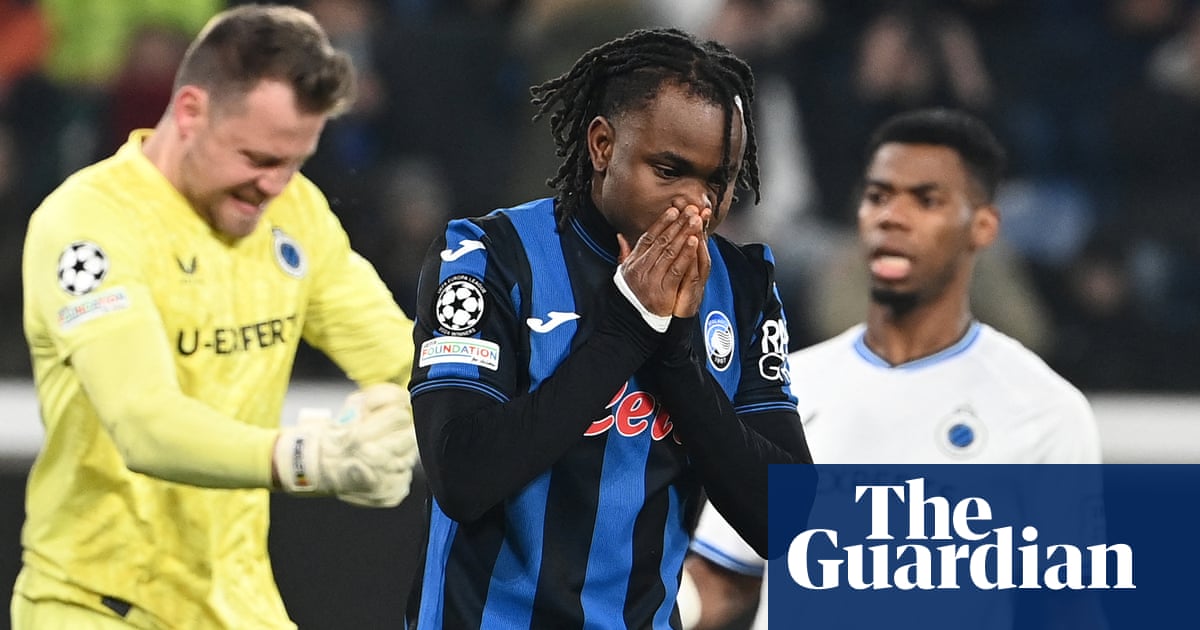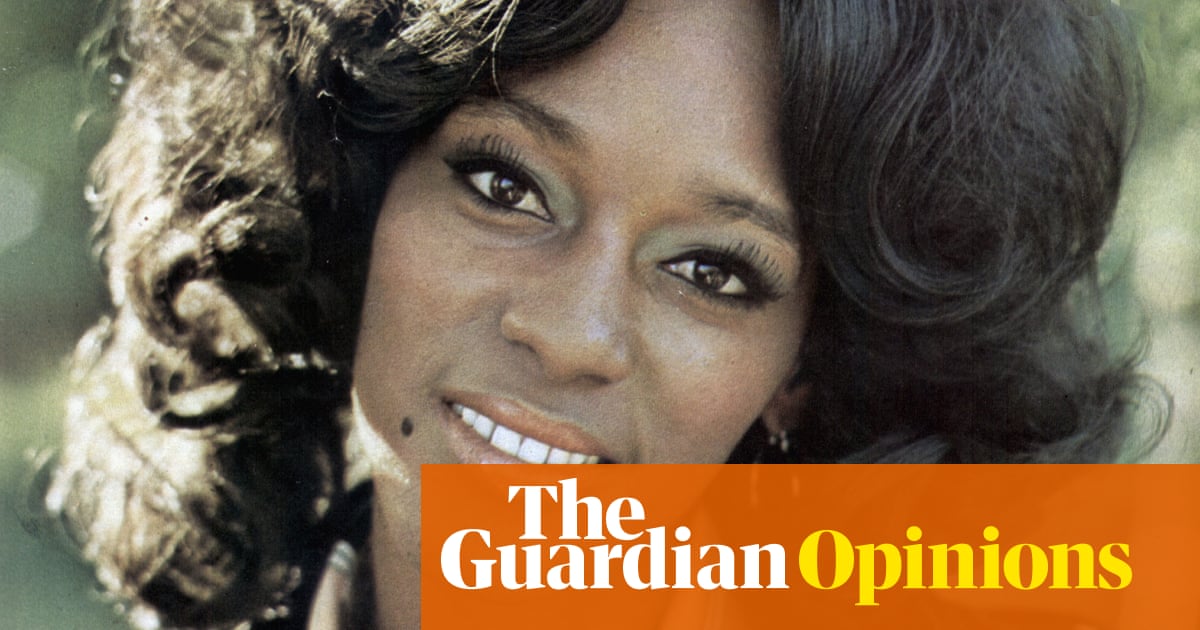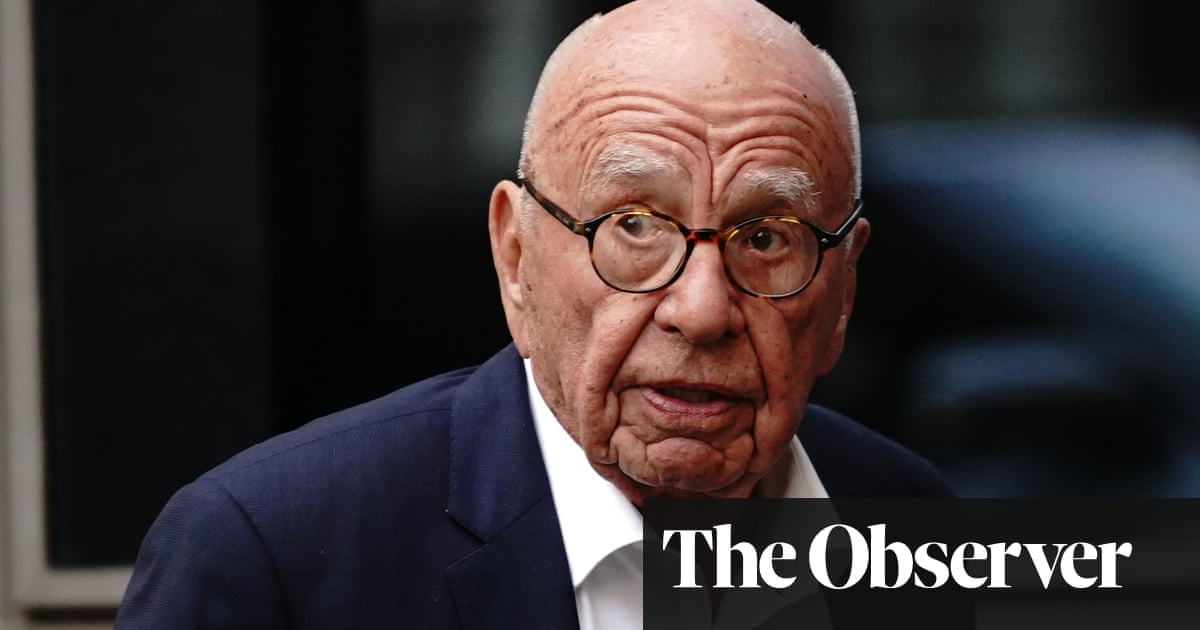When it comes to Charles Manson, the image we most know and fear – and arguably fixate on – is that of grungy cult leader. It’s complete with the loose hippie shirts that flow like robes and that thick unkept beard covering so much of his face and becoming integral to his messianic antichrist aesthetic.
“But he never had a beard,” says Making Manson director Billie Mintz, pulling on a loose thread. He’s referring to the period when the man charged with orchestrating several grisly murders – among the victims Hollywood actress, Sharon Tate – was leading his young and impressionable commune who came to be known as the Manson Family. At that time, and contrary to the popular image we’ve come to know through mugshots and courtroom footage, Manson was completely clean-shaven. In Mintz’s three-part docuseries, we hear Manson, for the first time in newly released recordings, explaining the very practical reason why he has the beard we’re so familiar with while photographed in police custody: they never let him have a razor.
“He had to grow a beard,” Mintz continues while on a Zoom call with the Guardian. “Just that alone is like the gateway into this sort of retelling of these myths that we’re told.”
Making Manson interrogates everything we think we know about the notorious figure whose crimes have attached themselves to the seismic social and cultural shifts in the late 60s and early 70s. Manson became the nightmare chapter in the book of free love and political radicalism, his story attracting so much more attention because of how it intersected with Hollywood: not just Tate, but also the Beach Boys and the Beatles. The former band’s hit Never Learn Not to Love steals elements from Manson’s own song Cease to Exist. Meanwhile, Manson is said to have positioned the Beatles’ record Helter Skelter as a subliminal call for an apocalyptic race war. The narratives projected on to him, by the media at the time but also prosecutor Vincent Bugliosi’s book Helter Skelter, have only complicated and inflated his legacy, making him a larger-than-life figure ripe for reinterpretation, as recently seen in Quentin Tarantino’s historical remix Once Upon a Time … In Hollywood.
Making Manson cuts him back down to size, unpacking the mythology built around Manson to paint a more humanistic portrait of a deeply troubled ex-convict from a horrifically broken home who, after having spent half his life incarcerated, was unleashed during confused and complicated times. Epix’s 2020 series Helter Skelter: An American Myth did something similar, looking at Manson and the culture surrounding him – hippies, bikers, LSD and the Black Panther party included – with a very 2020s perspective.
What Making Manson adds to the conversation are its subject’s own words on never-before-aired tapes recorded over a 20-year period. They contain private conversations with John Michael Jones, who befriended the convicted killer in the late 90s. On those tapes, we hear bombshell revelations from Manson (he claims involvement in prior killings in Mexico) and his repeated assertions that he had nothing to do with the infamous Tate-LaBianca murders (he insists that his followers committed those acts of their own accord). Most importantly, we hear insight into his own life, upbringing, experiences and rationale.
“Luckily John Michael entrusted us with what he’s sort of held close to his heart for many years,” says Making Manson’s executive producer Kate Maddigan, on the same Zoom call. “It took a long time to develop a relationship and trust with him. There’s quite a lot of suspicion in that world … So we took great responsibility in trying to do the best by what he was offering with the audio.”
In the conversations, Manson reveals details about childhood traumas and a life largely lived in the system, his learned behaviours both fending and speaking up for himself – which would become integral to his role as violent criminal turned cult leader – coming through in the details. Though as far as cult leader goes, Manson largely downplays his role as an abusive manipulator preying on impressionable kids from broken homes, contradicting so much of the testimony that Manson family members who appear in the series give. Jones, meanwhile, is largely flattering Manson in the recorded conversations. He also appears in the series defending much of what Manson has to say.
“What’s great about these tapes is that JM [Jones] is not a journalist and that these were just conversations,” says Mintz. “But what is harmful with these tapes is that JM is not a journalist. He wasn’t discerning. He wasn’t questioning Manson’s take on events. And again, we’ve never heard really Manson’s take on events that much. The very few interviews that Manson gave – that’s what we know about Manson – and that was Manson at a time where he was playing into the persona that we were creating.

“If we were to leave JM and Manson alone on their own, we would get a very guided perspective of what happened. … We bring Manson and JM’s version into the room with the people who’ve been telling the story for the last 50 years and get them to call them on their BS.”
Making Manson finds its own potency in the fissure between these narratives, searching for common ground somewhere between the sensationally evil mastermind with brainwashed minions who has fed so much pop culture myth-making, and the much more common criminal who, through a series of petty grievances and opportunistic showmanship, stumbled into a position where he could orchestrate some of the most high-profile murders of the 20th century.
“I think the one thing you’re going to walk away from listening to Manson is that you question whether this guy had the capability of controlling people’s minds,” says Mintz.
I suggest that his series, combining forensic recreation with intimate testimonies, leads with a certain empathy, for both victims and the perpetrator, which in no way absolves him of guilt for his horrific crimes. Mintz reins it in a bit. “We’re humanizing Manson,” he says. “Some people may walk away with empathy out of it. Our point is for you to understand Manson, which could lead to empathy for sure.
“We get to look back at this story,” Mintz adds, “not with just the 20 years [of recordings] that we have, but also a much further understanding of mental health; a much further understanding of incarceration, and the effects of incarceration; a much further understanding of the gaps that are created in society that certain people fall through … That’s why we talk to serial killers. I’m not saying that Manson is a serial killer. I’m sure he’s been billed as one. But it allows us to look at these cases where we can empathize on these situations, putting ourselves in those people’s shoes and be able to understand.
“In the end, as a society, and as the victims and the families, we need closure. There’s no closure on a satanic cult leader that hypnotizes people into killing. There’s no closure in that story, because it’s a terrible story.”
-
Making Manson is available now on Peacock in the US and in the UK and Australia at a later date

 3 months ago
56
3 months ago
56


